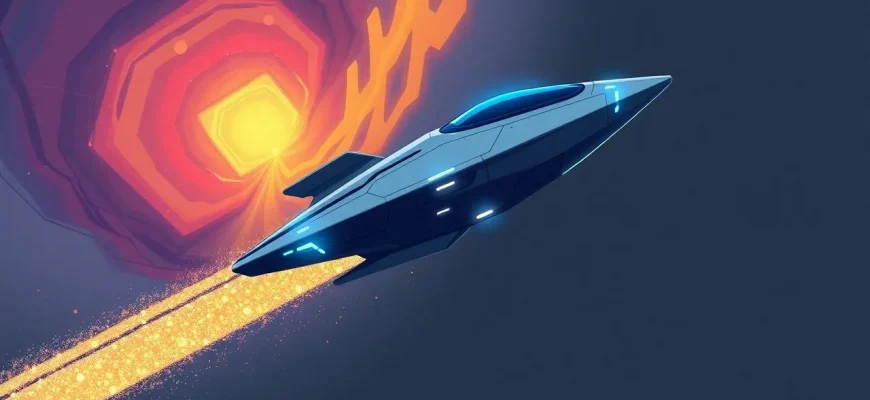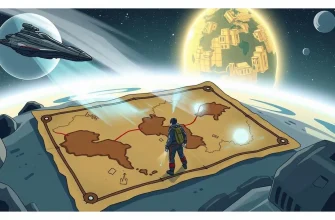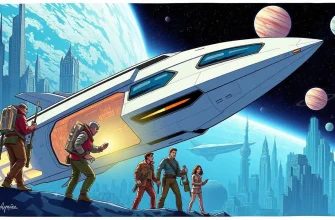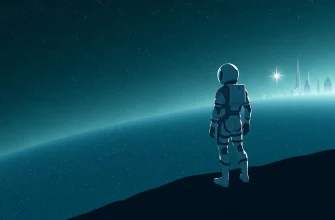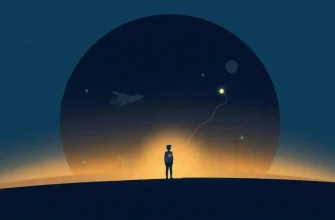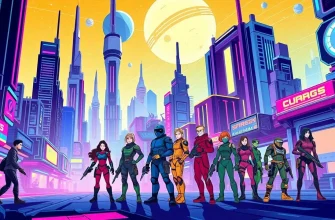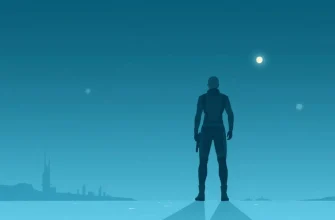- The Time Machine (1960)
- The Adventures of Buckaroo Banzai Across the 8th Dimension (1984)
- The Ice Pirates (1984)
- The Last Starfighter (1984)
- The Navigator: A Medieval Odyssey (1988)
- Space Truckers (1996)
- The Chronicles of Riddick (2004)
- The Hitchhiker's Guide to the Galaxy (2005)
- Zathura: A Space Adventure (2005)
- The Road (2009)
Embark on a journey through space, time, and alternate realities with our curated list of sci-fi road adventure films. These movies blend the thrill of exploration with the wonder of science fiction, offering viewers a unique cinematic experience. Whether it's traversing alien landscapes, navigating through time, or encountering bizarre phenomena, these films provide an escape into worlds where the road less traveled leads to the extraordinary. This collection is perfect for those who love the adventure of the unknown and the excitement of futuristic settings.
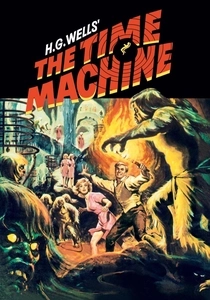
The Time Machine (1960)
Description: An inventor travels through time to witness the future of humanity, encountering various civilizations, making it a unique road trip through time.
Fact: The film's time machine prop was designed by Bill Ferrari, who also worked on the iconic "Star Trek" Enterprise model. The movie was one of the first to use stop-motion animation to depict time travel effects.
 Watch Now
Watch Now 
The Adventures of Buckaroo Banzai Across the 8th Dimension (1984)
Description: Buckaroo Banzai, a physicist, rock star, and neurosurgeon, goes on a road trip through dimensions to stop an alien invasion.
Fact: The film has a cult following and was intended to be the first in a series, but sequels were never made. The movie's title was inspired by the real-life physicist Richard Feynman.
 Watch Now
Watch Now 
The Ice Pirates (1984)
Description: A band of space pirates embark on a quest for water, the most valuable commodity in the galaxy, leading to a humorous and adventurous journey.
Fact: The film was influenced by the success of "Star Wars" and aimed to capture a similar sense of adventure with a comedic twist. The movie's plot was inspired by the real-world water crisis.
 Watch Now
Watch Now 
The Last Starfighter (1984)
Description: A video game expert is recruited by aliens to fight in an interstellar war, turning his life into a real-life space adventure.
Fact: The film was one of the first to use extensive CGI for space scenes. The arcade game in the movie was actually developed and could be played.
 Watch Now
Watch Now 
The Navigator: A Medieval Odyssey (1988)
Description: A group of medieval villagers travel through time to the 20th century to save their village from the Black Death, blending historical adventure with sci-fi elements.
Fact: The film was shot in New Zealand, using real locations to create the medieval and futuristic settings. It was nominated for the Grand Jury Prize at the Sundance Film Festival.
 Watch Now
Watch Now 
Space Truckers (1996)
Description: In a future where space travel is as common as road trips, truckers transport goods across the galaxy, encountering various hazards and adventures.
Fact: The film features a cameo by Charles Dance, known for his role in "Game of Thrones." It was one of the last films to use practical effects for space scenes before CGI became predominant.
 Watch Now
Watch Now 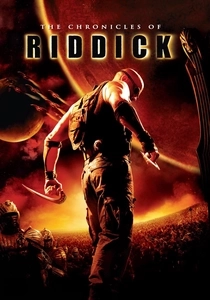
The Chronicles of Riddick (2004)
Description: Riddick, a fugitive, travels across planets to escape his pursuers, encountering various alien species and engaging in epic battles, making it a sci-fi road adventure.
Fact: The film was initially planned as a direct-to-video release but was upgraded to a theatrical release due to the success of "Pitch Black." The Necromongers' language was created by linguist David J. Peterson, who also created the Dothraki language for "Game of Thrones."
 Watch Now
Watch Now 
The Hitchhiker's Guide to the Galaxy (2005)
Description: This film follows Arthur Dent, who is saved from Earth's destruction by an alien friend and embarks on a galactic road trip. It's a quintessential sci-fi adventure with humor and philosophical undertones.
Fact: The film includes a cameo by the original radio series' creator, Douglas Adams, who passed away before the film's release. The movie also features a real-life version of the guidebook, which was created for the film.
 Watch Now
Watch Now 
Zathura: A Space Adventure (2005)
Description: Two brothers play a mysterious board game that sends their house into space, turning their living room into a spaceship for an interstellar adventure.
Fact: The film was originally conceived as a sequel to "Jumanji," but was later developed as a standalone story. The house used in the movie was built on a gimbal to simulate zero gravity.
 Watch Now
Watch Now 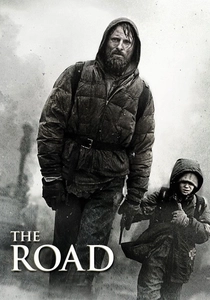
The Road (2009)
Description: While not strictly sci-fi, this post-apocalyptic tale of a father and son traveling through a devastated America captures the essence of a road adventure in a world transformed by catastrophe.
Fact: The film was shot in various locations in Pennsylvania and Louisiana to capture the desolate, post-apocalyptic landscape. Viggo Mortensen lost significant weight for his role to portray the physical toll of the journey.
 Watch Now
Watch Now 
